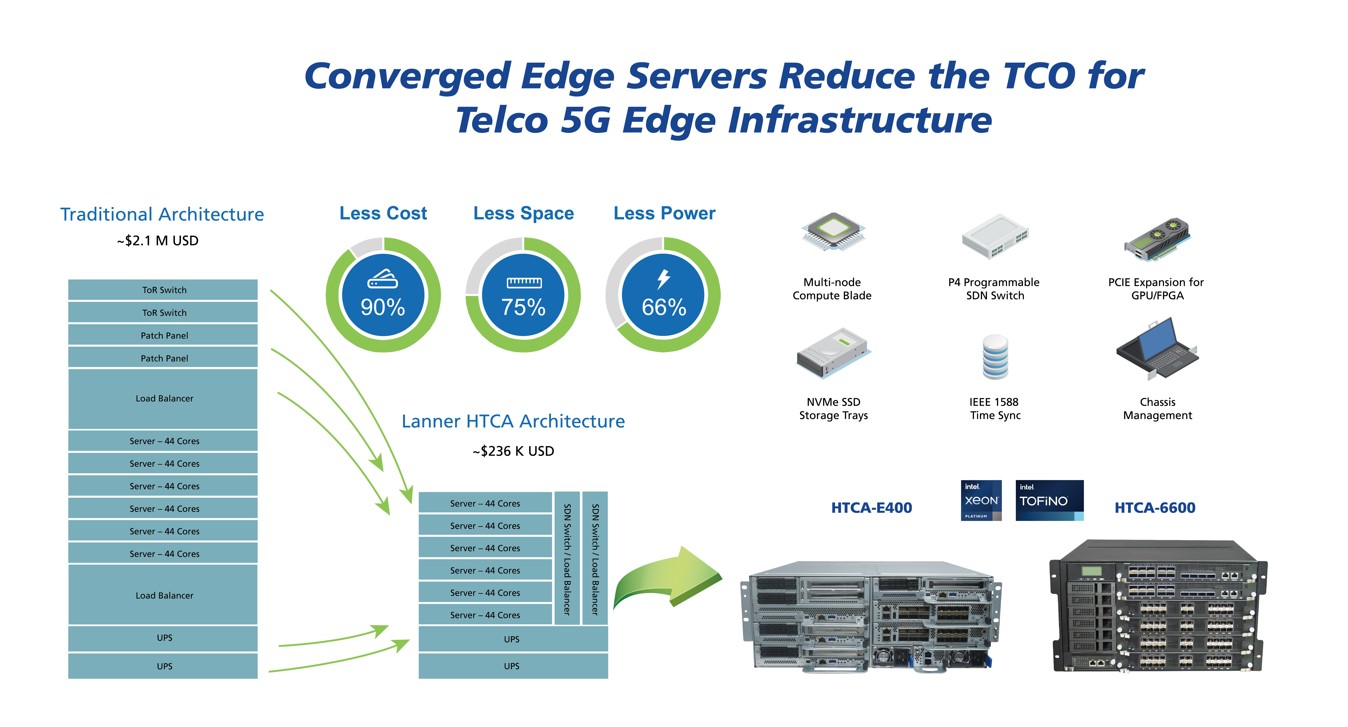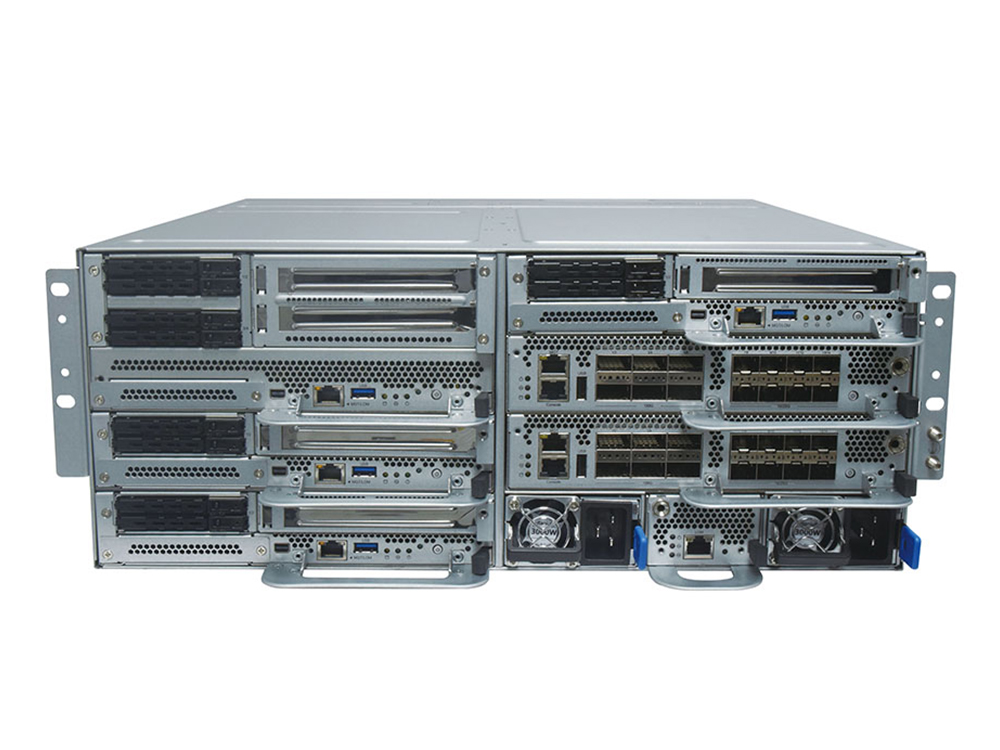The evolution of edge computing has led to the creation of highly efficient and powerful solutions, necessary for processing data closer to its source. One standout solution in this landscape is the Converged Multi-access Edge Computing (MEC) Server, often described as a "Data Center in a box." This scalable, all-encompassing system integrates multiple functionalities into a single unit by using software-defined architecture, distinguishing itself from traditional dedicated architectures.
Converged vs Dedicated: A Comparative Overview
The key difference between converged and consolidated systems lies in their architecture and functionality. Consolidated systems typically involve combining multiple functions or applications onto fewer devices, reducing physical hardware but often still operating in silos. On the other hand, converged systems integrate all necessary components—computing power, storage, and networking—into a single, seamless unit. This integration not only simplifies infrastructure but enhances performance through better interoperability and reduced latency.

Advantages of Converged MEC Servers
● Lower Total Cost of Ownership (TCO):
By integrating various functionalities into one unit, organizations can reduce initial capital expenditures and ongoing operational costs. Fewer devices mean lower energy consumption, less maintenance, and reduced space requirements.
● Space Efficiency:
In environments where space is at a premium, such as urban data centers or onsite at client locations, the compact nature of Converged MEC Servers provides a significant advantage.
● Power Efficiency:
These servers are designed to optimize power consumption, which is crucial for reducing operational costs and supporting sustainability goals.
● Interoperability:
With a unified architecture, Converged MEC Servers ensure that different components work together smoothly, minimizing compatibility issues and simplifying management.

Feature-Rich, All-in-One Design
Lanner’s Converged MEC Servers epitomize the all-in-one concept, including built-in AI acceleration (GPU), ample computing power (CPU), massive HDD/SSD drive (storage) and integrated data processing capabilities (Switch). This design not only simplifies the physical infrastructure but also enhances the ability to deliver better services to customers through increased efficiency and reduced response times.
Scalability and Security: Lanner's Modular Approach
Lanner’s MEC Server stands out with its modular design, which includes separate compute and switch nodes. This modularity allows for tailored configurations that can scale up or down based on specific needs. Security is a cornerstone of Lanner's design philosophy, featuring robust measures like FIPS compliance, Secure BMC, and Secure BIOS to protect against a range of vulnerabilities. This platform facilitates the monetization of edge infrastructure by allowing the centralized creation, monitoring, and scaling of workloads across globally distributed edge sites.
Built-in Functionality and NEBS Compliance
Lanner's MEC Server offers comprehensive built-in features, including compute, network, management, and storage capacities. The hardware supports hot-swappable fans and power supply units (PSUs), ensuring uninterrupted service and easy maintenance. Furthermore, compliance with Network Equipment Building System (NEBS) standards indicates robustness suitable for demanding telecom environments.
Conclusion
The Converged MEC Server from Lanner is a compelling solution for businesses looking to streamline their edge computing infrastructure. By offering a combination of lower TCO, space and power efficiency, enhanced security, and superb scalability, it provides an efficient, secure, and cost-effective way to manage edge computing demands. As the edge grows in importance, adopting solutions like the Converged MEC Server could be key to achieving technological and business success in an increasingly data-driven world.







